After the March equinox, the Moon and planets come out to play—with the best scene of the month on March 28. See Bob Berman’s viewing tips!
Advertisement
Visible Planets for March
With the evening sky empty of planets, all the action happens in the east just before dawn. It’s easy to see dazzling Venus just before sunup. By mid-month, notice the planet Saturn steadily moving toward Mars and Venus each day, to form a trio low in the east before sunrise.

Credit: NASA
On March 24 to 26, look east an hour before sunrise for an elegant triangle of planets. Bright white Venus is at the top of the triangle; the amber jewel Mars is on the right; dimmer Saturn is on the left. Venus is roughly equidistant (4° to 5°) from Mars and Saturn.
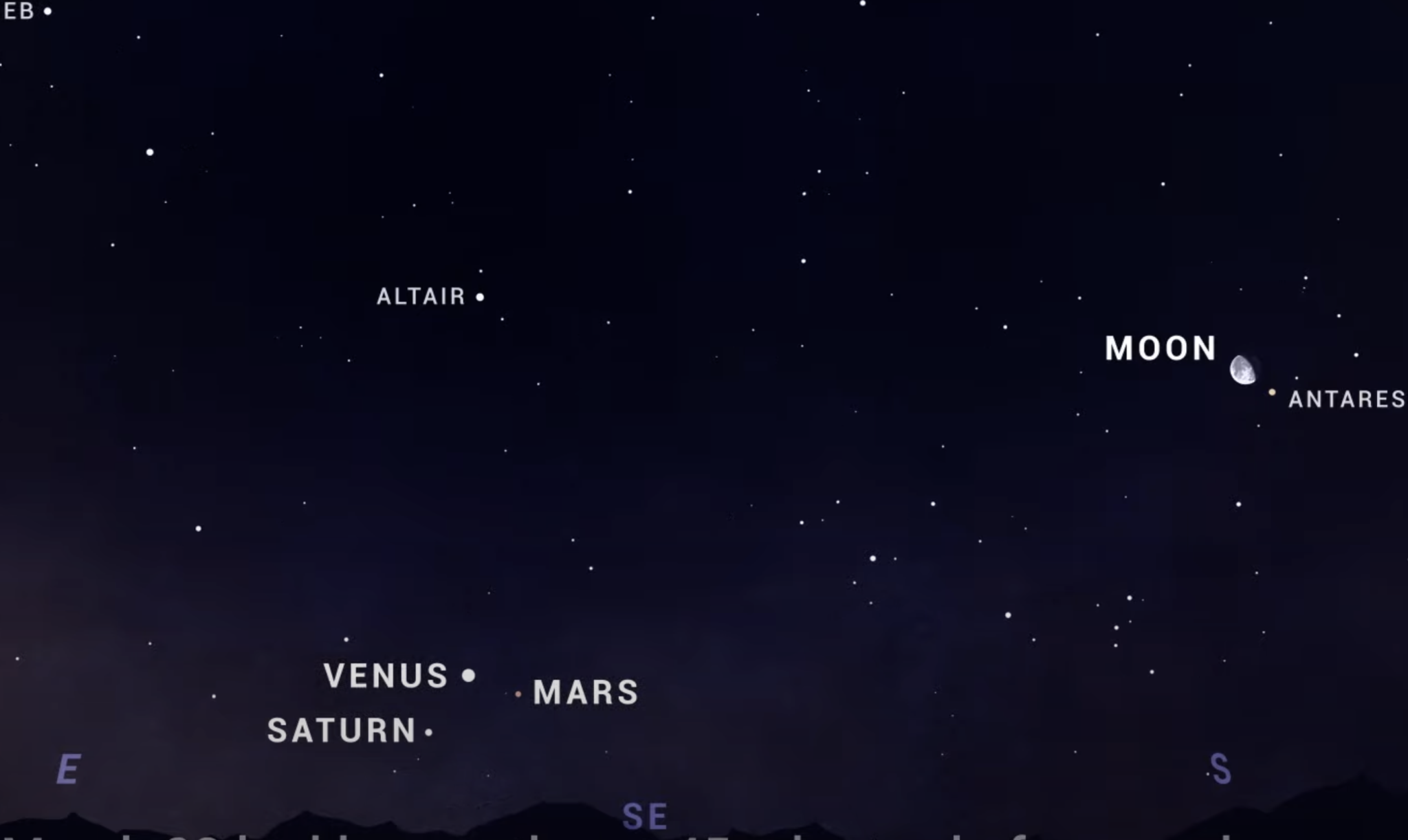
On March 27 to 28, mark your calendars! The crescent moon joins the party. Look towards the eastern horizon about 20 minutes before sunrise. The waning crescent Moon dangles below the triangle’s remnant, a beautiful four-way conjunction!
- The Moon hovers 6° below Mars, while Saturn and Venus are 2.2° apart 6° north of the Moon.
- Jupiter is there, too, sitting low in twilight, so it may be hard to see; you’d certainly require a clear view to the eastern horizon.
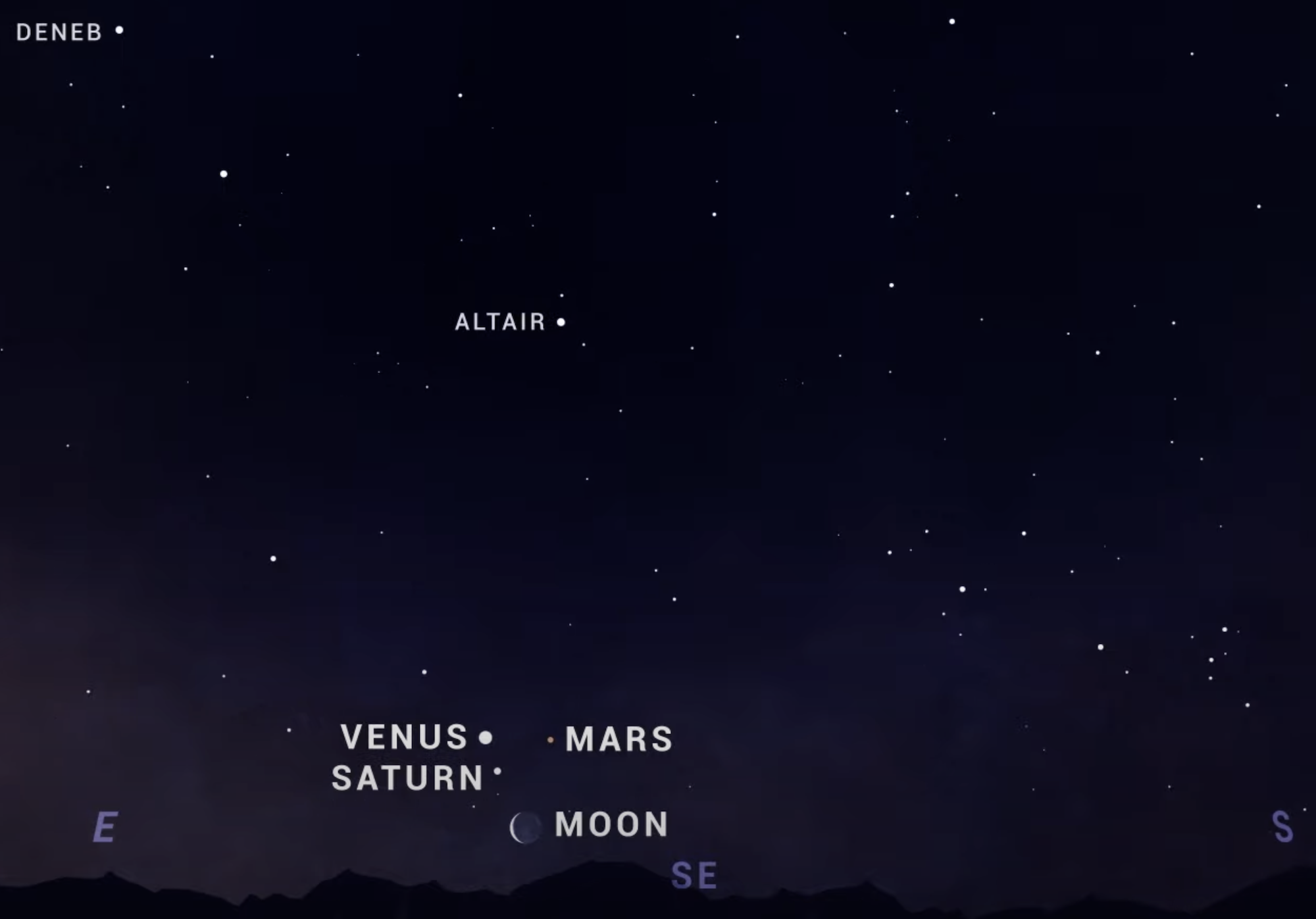
Saturn and Mars are headed toward a super-close meeting at the start of April. (More about that next month!)
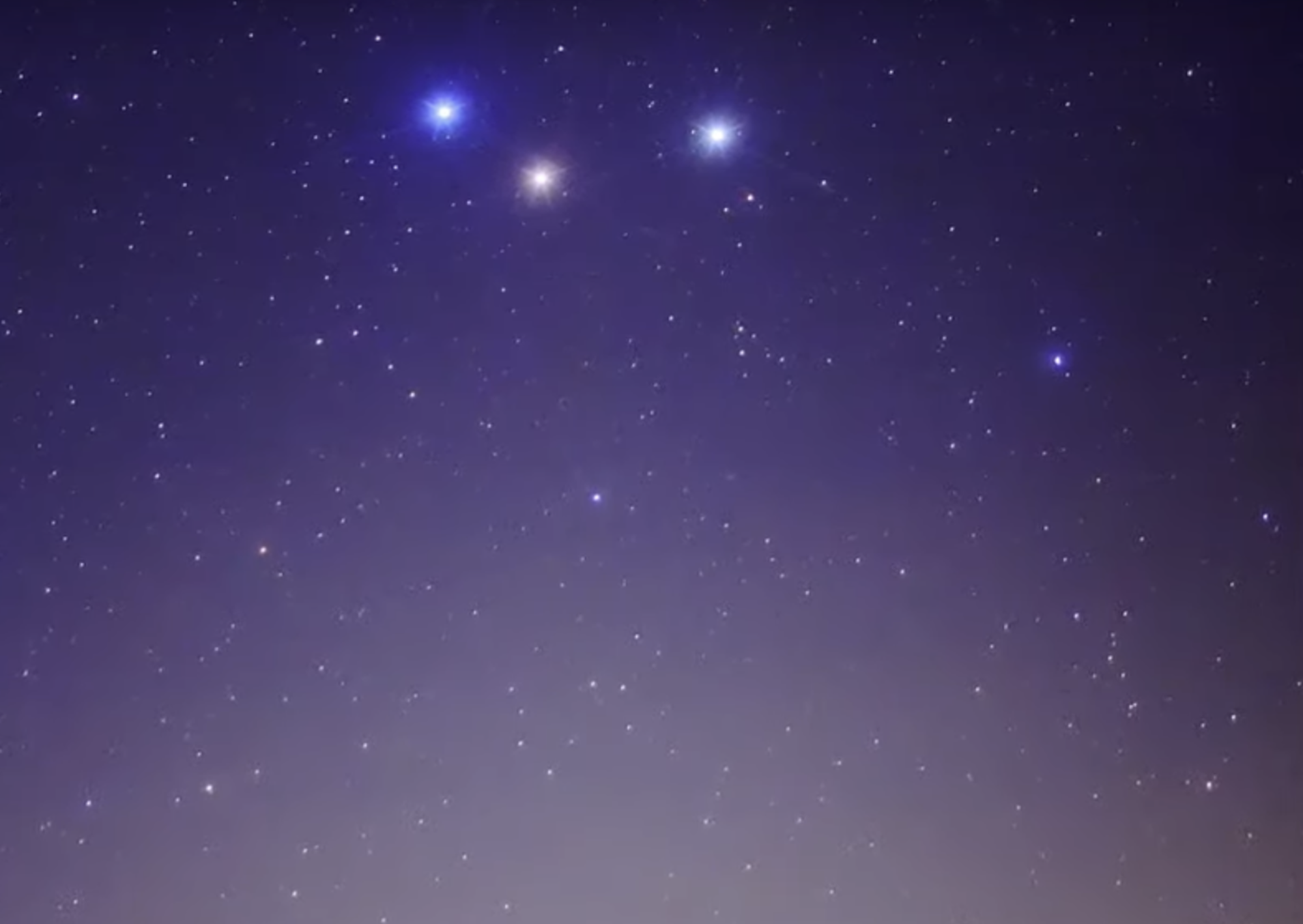
March 20: Spring Equinox
Spring begins with the vernal equinox on the 20th at 11:33 A.M. EDT. The vernal equinox marks the start of spring in the Northern Hemisphere and the start of autumn in the Southern Hemisphere.
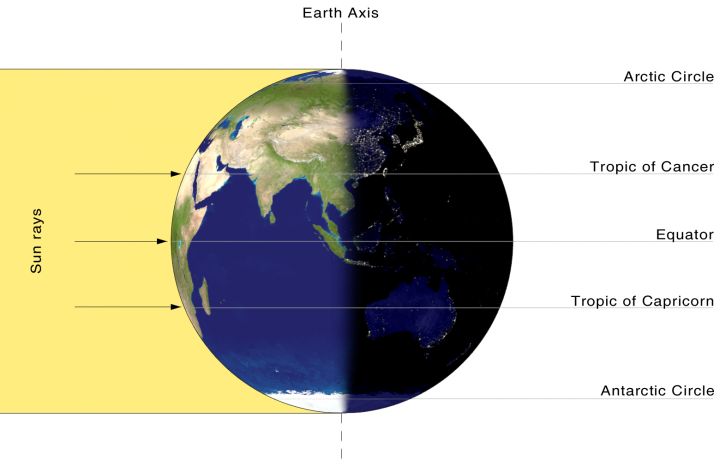
March 18: The Full Worm Moon
The full Worm Moon rises on Friday, March 18, at 3:20 A.M. EDT. Look for the spectacularly bright Moon as it rises above the horizon that evening! Here’s all you need to know about the full Worm Moon.
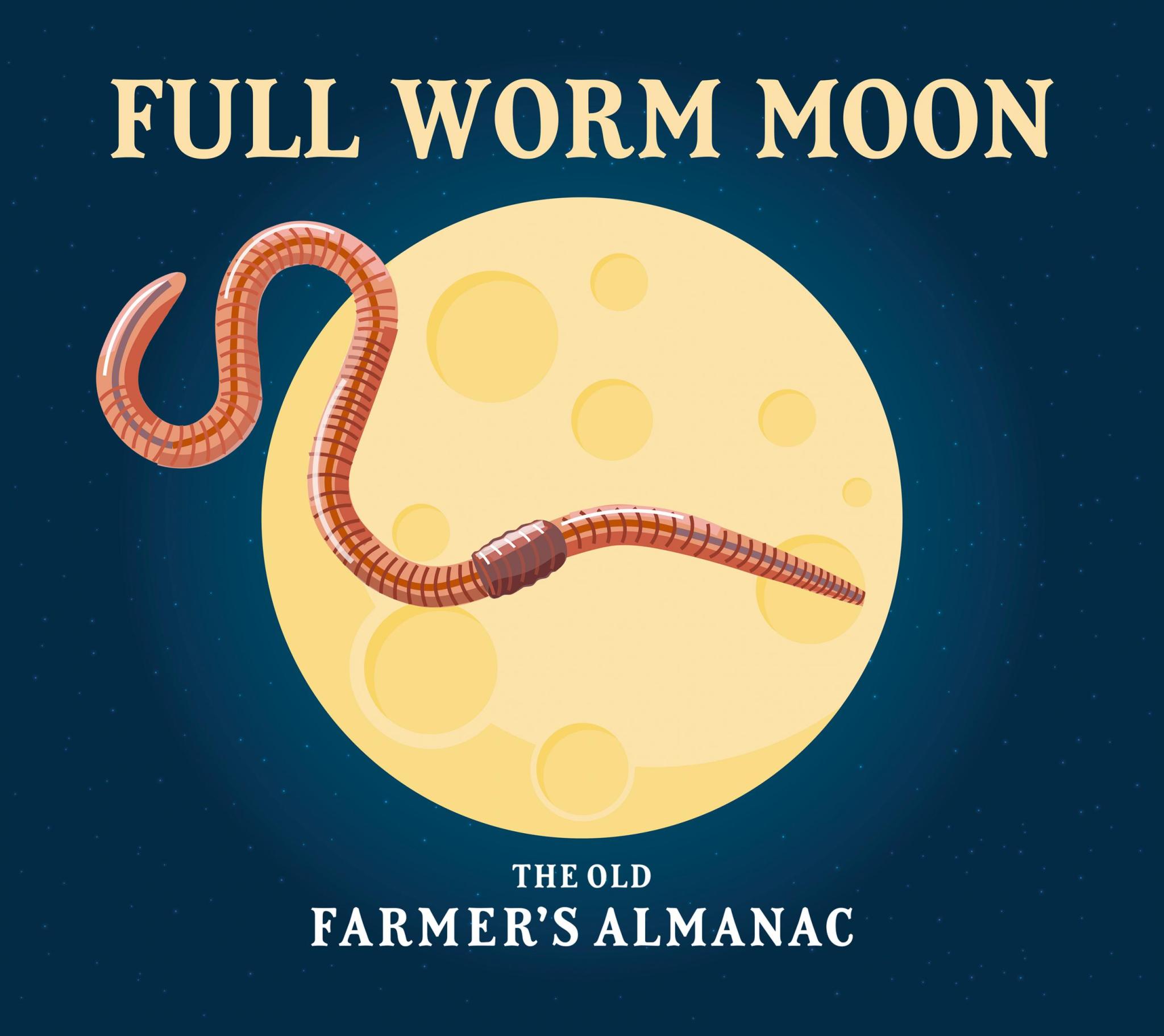
Sirius, the Dog Star
March is a great month to marvel at Sirius — the brightest star in our sky. Sirius is nicknamed “the Dog Star,” because it’s the brightest star in the constellation Canis Major. Sirius is super easy to locate: Just face toward the south and look for Orion. The three bright stars that make up Orion’s belt point downward, toward Sirius. See my post on Sirius, The Brightest Star in the Sky Tonight.
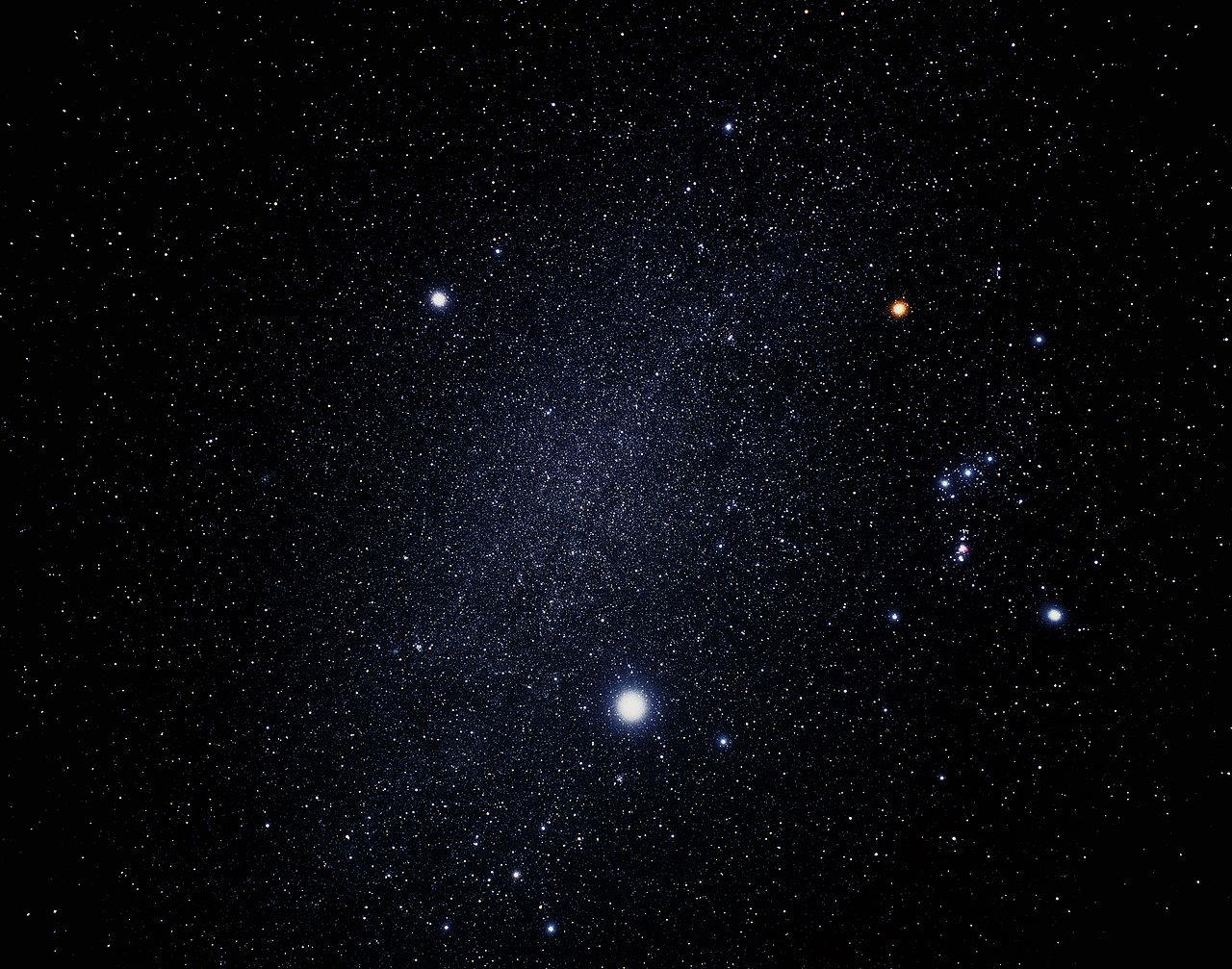
The Big Dipper
On March evenings, it’s easy to find the Big Dipper. This is not a constellation but an “asterism” which is composed of the seven brightest stars in the constellation Ursa Major, the Greater Bear. The shape of the Big Dipper never varies, but its orientation changes constantly. See our free stargazing map to navigate the Big Dipper.
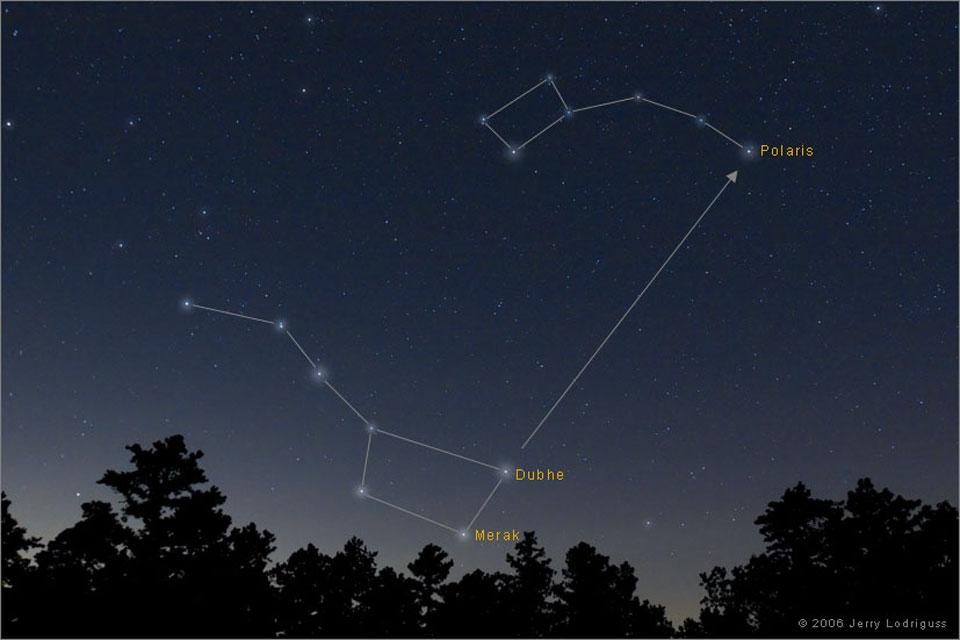


















Comments